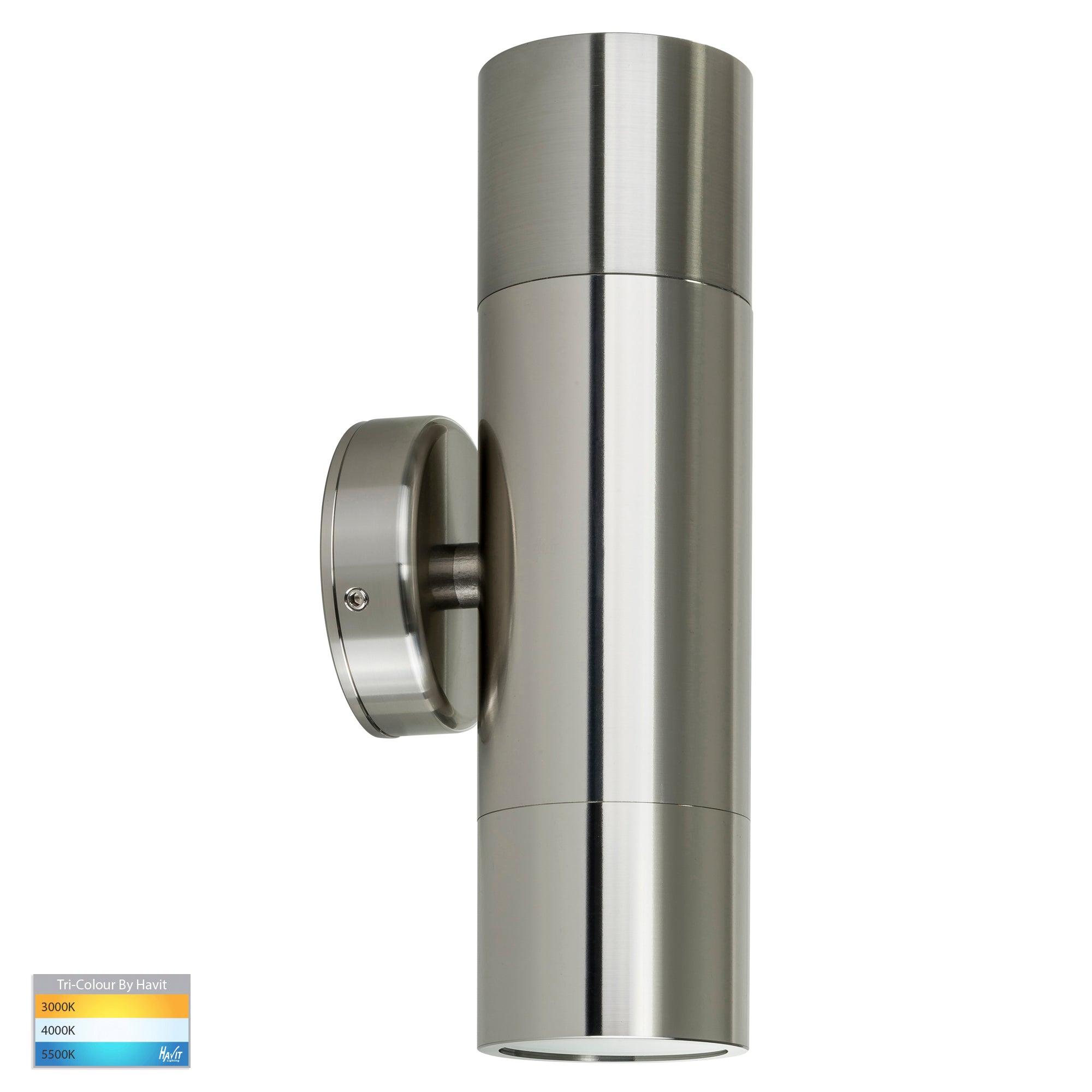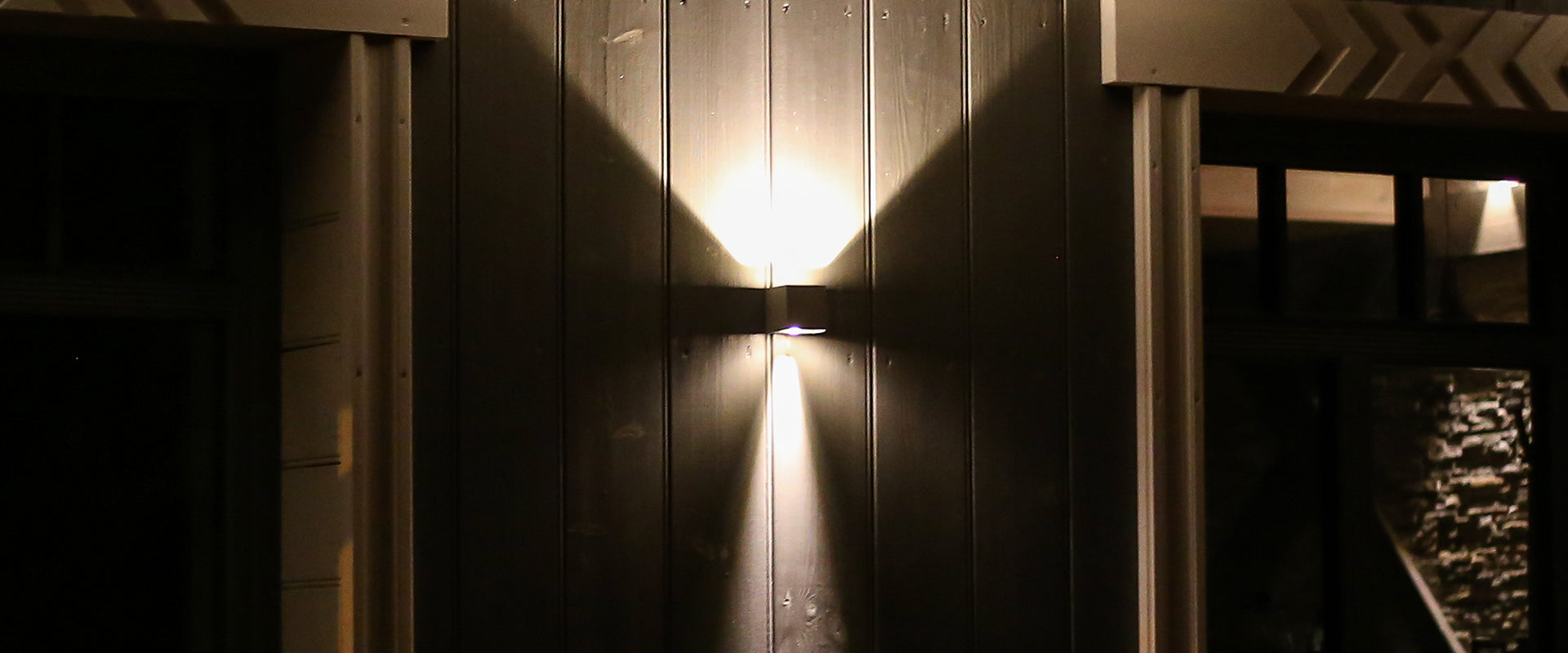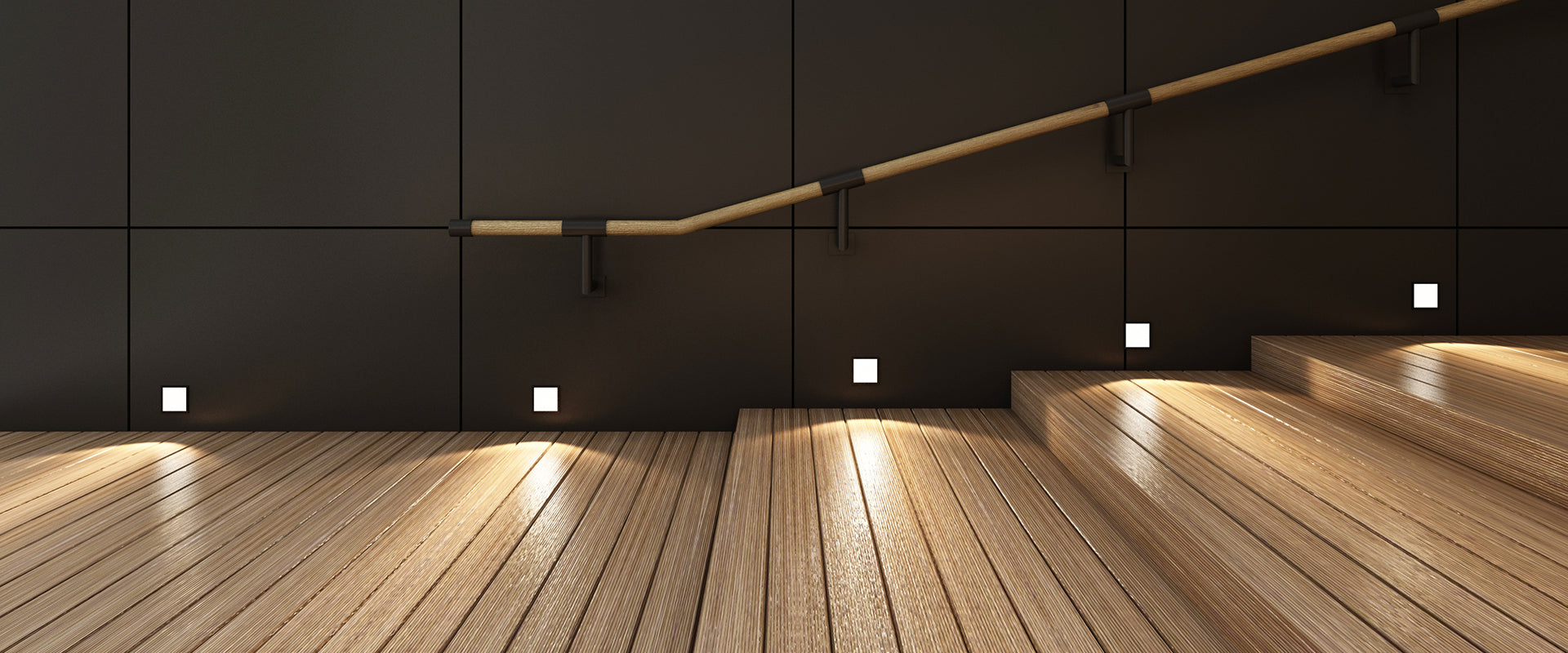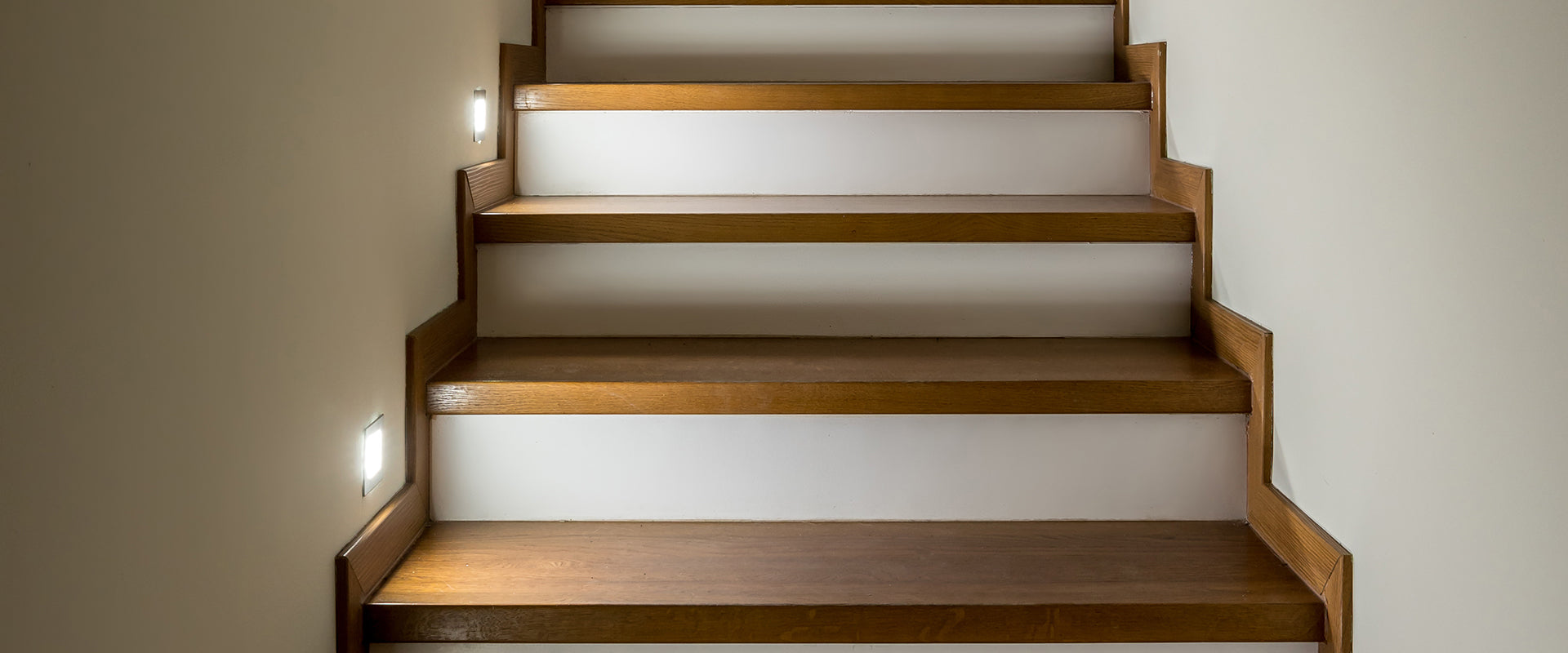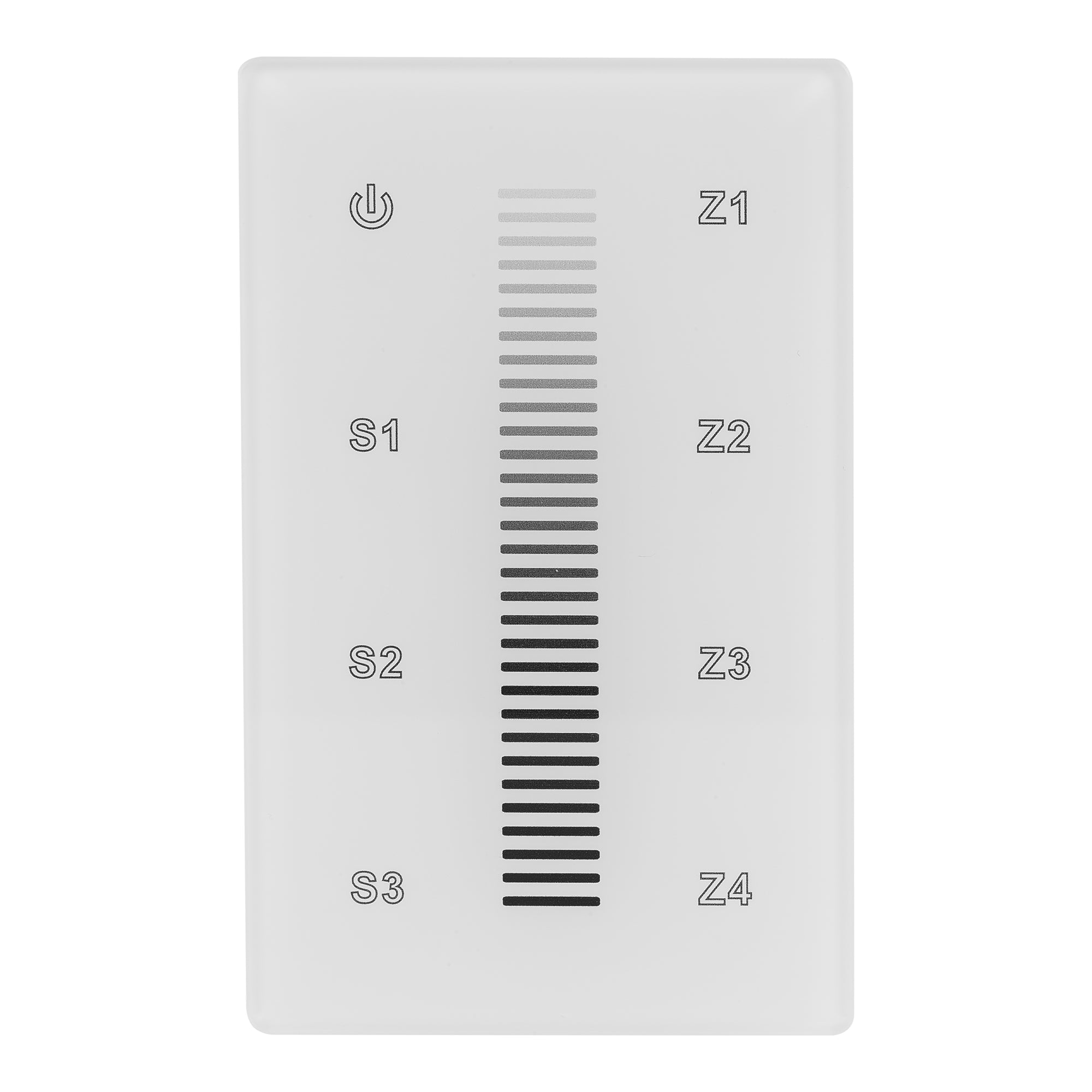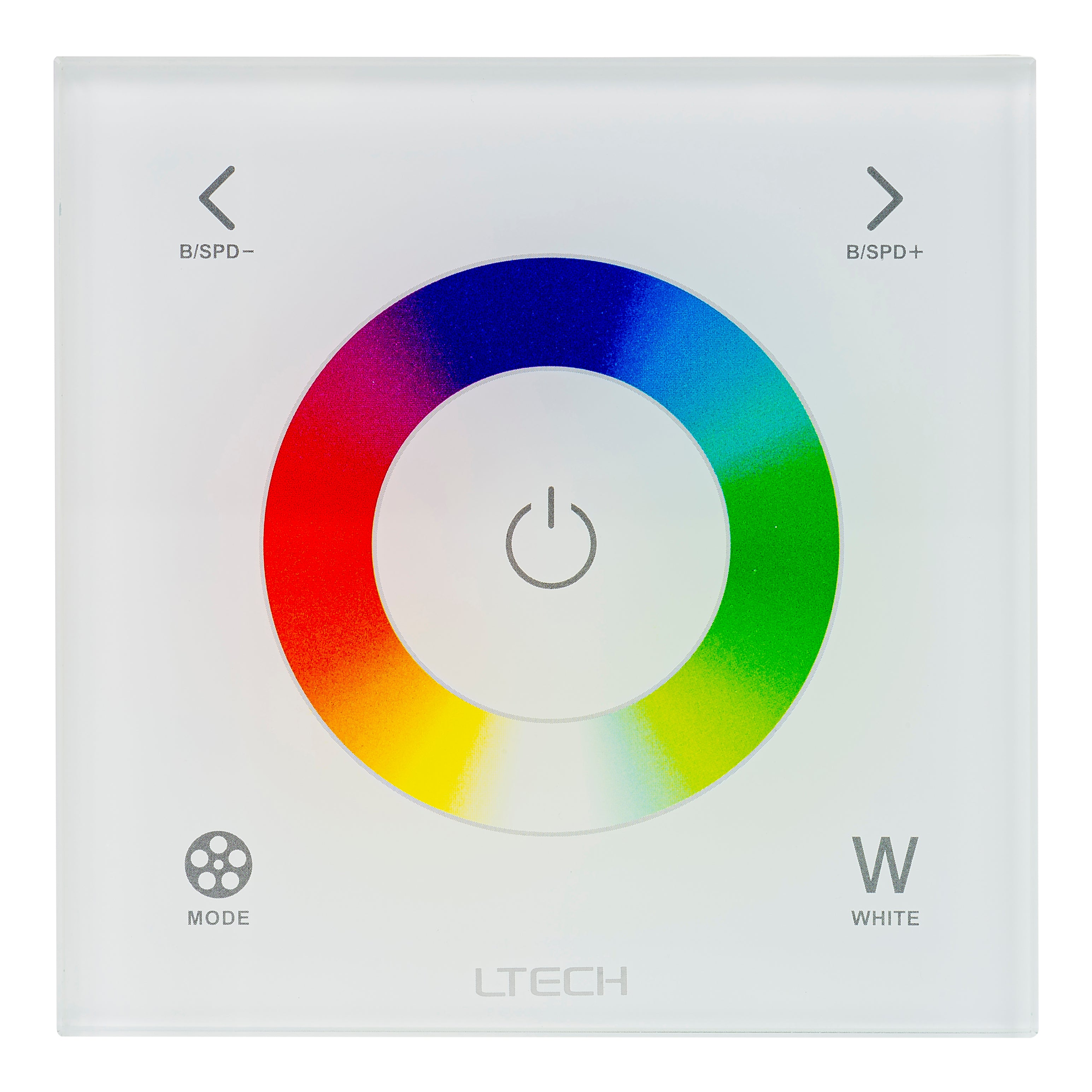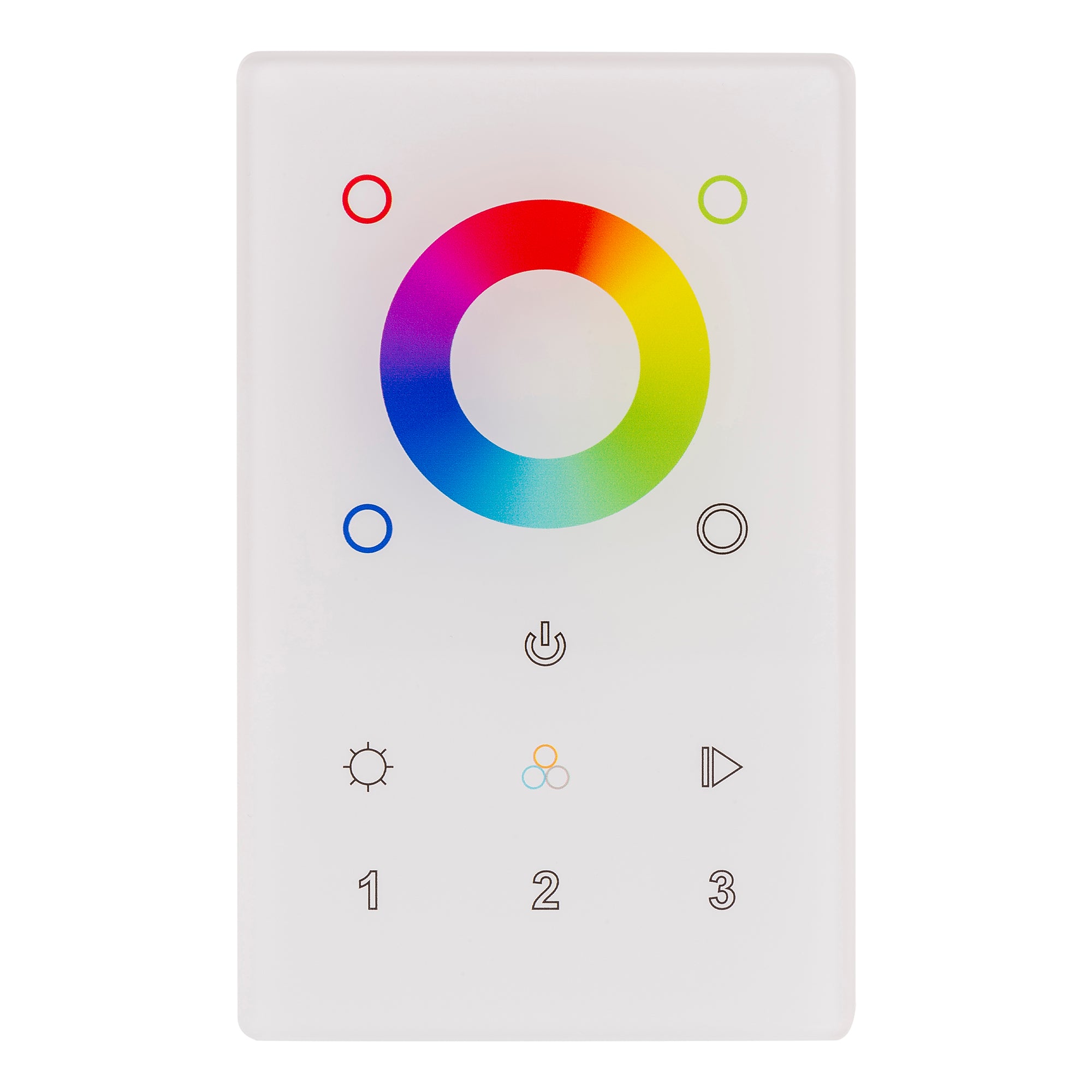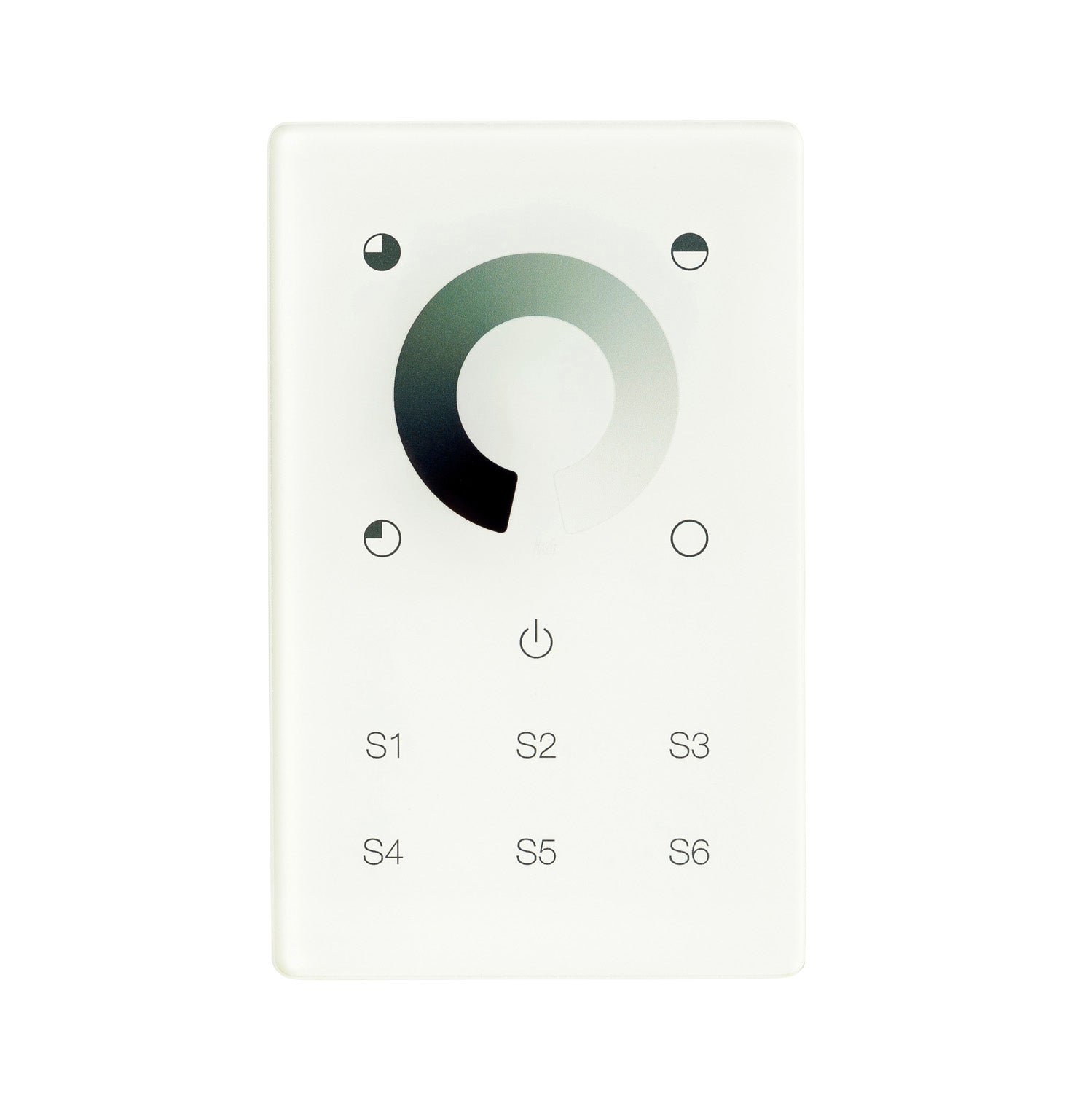PIR vs Microwave Sensor
Lighting can incorporate sensors to make them even more effective. Motion detectors can be used to pick up when someone approaches so the lights are activated when they are needed. This can be used to save on energy bills by dimming (microwave sensor models only) or by turning off the lights when no one is around, or it can be used as a security measure, with lights coming on to let you know when someone approaches. There are two main types of motion detection sensors available, Microwave and PIR (Passive Infrared) and we’re here to take a quick look at the pros and cons of each.
PIR
These sensors detect heat. They do this by measuring the ambient temperature of the room using several detection beams. When a difference in temperature is detected by one of the beams, the sensor is activated, switching on the lights. When all the beams sense the same temperature again, the lights will switch off.
MICROWAVE
These motion detectors emit microwave signals and measure the time taken for the signal to be reflected back to the sensor, this is known as the echo time. The echo time is used to calculate the distances from all the stationary objects in the detection zone to establish a baseline to work from. A person moving into the detection zone causes a disruption in the microwave beam, changing the echo time and triggering the lights.
A COMPARISON
When choosing the best sensor for your application, there are many aspects to take into account;
| PIR | MICROWAVE | |
| Sensitivity | Under sensitive in higher background temperatures. Over sensitive in lower temperatures. | Consistent detection over all temperatures. |
| Coverage | 120° | 120° |
| Detection | Can be insensitive when walking directly towards the sensor. | Can sense movement through glass, plastic & walls. |

Because a PIR sensor uses the difference in heat to detect movement, ambient temperatures can greatly affect sensitivity. This limitation should be considered if you are looking at motion detection systems for outdoor lighting. The more extreme temperatures of outdoors can have a significant impact on devices’ effectiveness. On the other hand, microwave sensors may struggle more with smaller indoor spaces. Because they are able to detect movement through walls, they can be overly sensitive and be triggered by movement you might not want it to be. There are however solutions to both drawbacks of PIR and microwave sensors.
ADJUSTABLE MICROWAVE SENSORS
To combat microwaves sensors’ tendency to be overly sensitive, we have developed the Focus Outdoor Spotlight so that it can be adjusted to suit your personal needs. The Microwave Sensor has been manufactured so that it can detect movement from a 180° beam angle from a distance of up to 12m, with a sensitivity which can be adjusted easily with the press of a button on the remote provided. This fitting also incorporates a photocell which, thanks to its easily customisable settings, can be altered to react to different light levels to fit its desired purpose. It has been designed so it is only on when it needs to be, saving energy and, therefore, money for the end-user. This sensor can also be programmed to be in standby mode to allow a dim level of light to be permanently on and then when sensor is activated light will turn on to 100% giving you a higher security level for your home.
PIR Sensor Models

Microwave Sensor Models

Other models and variations are available, To view more visit www.havit.com.au
To Download this information, Click Here

